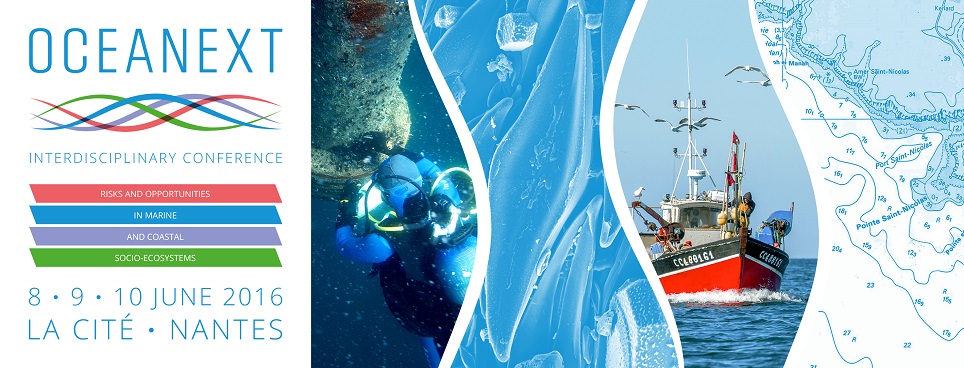Blooms of the benthic dinoflagellate Ostreopsis cf. ovata are recurrent in Sant Andreu de Llavaneres beach (40 km North of Barcelona), NW Mediterranean. In this locality, the outbreaks of the microalgae have been related on one side, to massive macrofauna mortalities. Furthermore, respiratory symptoms and general malaise in people exposed to marine aerosols are reported yearly along the summer-fall proliferation period. Similar negative impacts have also been observed in other Mediterranean coastal zones along the last 20 years, coinciding with the presence of Ostreopsis spp. blooms. This organism of tropical origin produces a potent toxin, palytoxin (PLTX) and analogues, and in these areas Ostreopsis has been related to human intoxication -sometimes fatal- by ingestion of contaminated marine food. Overall, its blooms, that seem to be expanding in temperate waters, constitute a health and environmental emergent problem.
Within the OstreoRisk project (2015-2017) we are trying to shed light on the dynamics of the O. cf. ovata blooms and their links with the human health symptoms. Here, we will present our progresses achieved with a multidisciplinary approach, combining ecology, meteorology, toxicology and public health in the Sant Andreu de Llavaneres hot spot.
- Poster

 PDF version
PDF version
